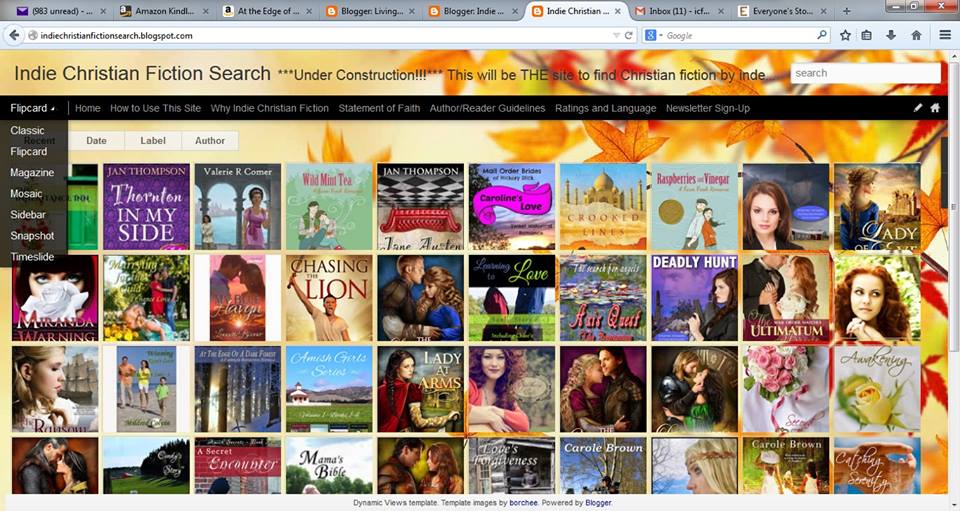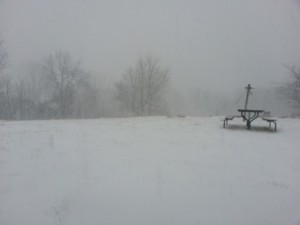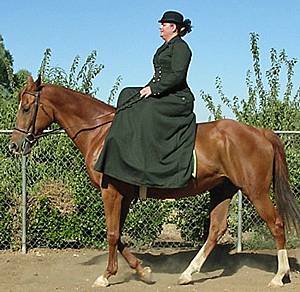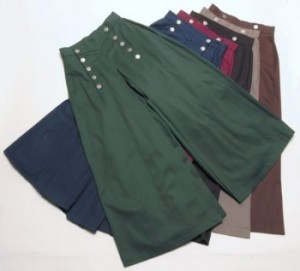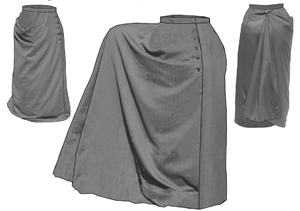A guest post by my writer friend, Connie Almony!
So, you’re a voracious reader whose tablet is begging to be fed. Because you read a lot, you want a greater breadth of material, rather than the same-ole-same-ole, at reasonable ebook prices.
Boy, do I have the website for you!
Indie Christian Fiction Search—“Ickfuss (ICFS) to its friends—is THE site to find affordable Christian fiction by independent authors.
Why was this site created? For a number of reasons …
Independent fiction is growing rapidly as a viable choice for readers. Many authors whose stories have been spurned by traditional publishing houses solely on the basis of marketability of topic, have chosen this route of publication in order to fulfill the call God has placed on their hearts. This is great news to the avid Christian reader. It means a greater breadth of story, from a biblical point of view, that is also affordable. You can read lots of it without breaking the bank.
ICFS was also created because as independent fiction grows, the need for REAL gatekeepers becomes increasingly important. Not just to ensure quality of product, but for the Christian reader, to set a standard of biblical content as well (see the ICFS Statement of Faith and Content Warnings). But now, it must be the READER who will lead the way, not the executive or the marketing team who makes decisions about the life or death of a story based on numbers that do not touch the hearts and minds of what each reader really wants. YOU can tell us what YOU think about a story and whether it relates to your world, be it small town, big city, Midwest or historical—not what the fad of the day dictates. YOU have the power. You just need a place to exercise it with others who share your faith and your passion for a great book.
Why do this on Indie Christian Fiction Search (ICFS)? Because it is the one site with the greatest ability to sift through large numbers of books at break-neck speed. And as it grows, with more books added, you will need that function more than ever! With ICFS, you can sort by genre, watching the little covers float across the page, or plug in search criteria, including author name, character professions, time-periods, story themes, etc. to find something that suits you to a tee. Plus, if you check out all its views and play with all of its functions (listed on the “How to Use This Site” page), it’s just plain fun—kinda like when automatic car-window openers were invented (I know, I’m dating myself :o)).
Check it out. Read the “How to” page. Play with the views and try some search criteria. Watch what happens. Hee hee!
Indie Christian Fiction Search is a growing site. Make sure you come back again to see what happens after a few months! And don’t forget to sign up for the newsletter. I promise it will not load down your email inbox unnecessarily. It will be sent no more than quarterly. Plus, if you sign up by October 31, 2014, you will be entered to win a $20 Amazon gift card.
Stop by IndieChristianFictionSearch.Blogspot.com and have some fun. You won’t be sorry!


